7 Industrial Concrete Mixers: Key Advantages and Applications
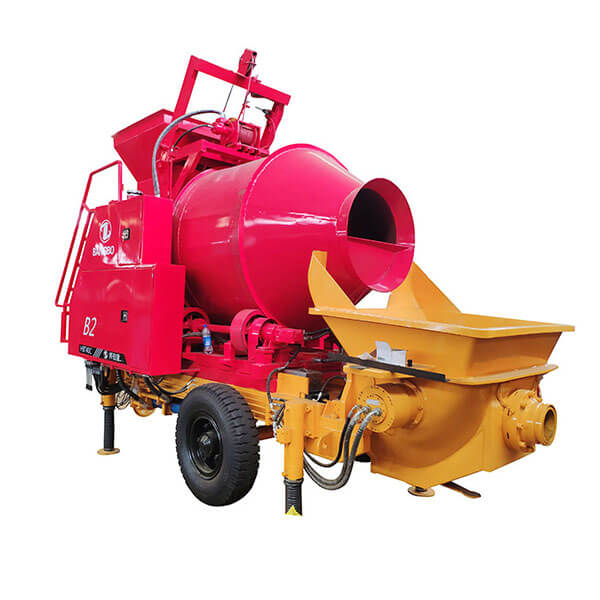
A concrete mixer (also known as a cement mixer) is a device that mixes cement, material such as sand or gravel, and water to produce concrete. To mix the components, a standard concrete mixer employs a spinning drum.
Concrete is commonly used in the construction of large constructions such as buildings, highways, bridges, pavements, tunnels, and so on. Proper concrete mixing is critical for the structure’s stiffness and lifespan. Having a concrete mixer provides the following benefits.
Contents
Benefits of Having An Industrial Concrete Mixer
Process Acceleration
The use of a mixer saves time and effort for people while providing great mixing in less time. Workers do not have to exert any effort when mixing the cement.
On-site implementation
Having a mixer on-site allows personnel to combine the materials. They are not required to transport the goods from another location to the building site. The usage of a cement mixer truck also lowers the cost of transporting the product from faraway locations.
Cost-Effective
Because a mixer does not require daily transportation, it is a long-term investment. It is stored on-site, and no additional staff are required for the mixing operation. It decreases capital, which may then be utilized to purchase more productive resources.
Consistency in mix quality
Using a volumetric concrete mixer restores control to the building site. Your concrete will be fresh and have just the perfect amount of slump. There’s no need to accept whatever mix quality comes out of the concrete barrel.
If your project calls for strong, dry concrete, just add less water to the mix. Changing the material’s consistency is as simple as using a touchscreen. As a result, you may make better use of your staff.
Its sustainable
Using volumetric mixers is not only cost effective, but it is also environmentally friendly. Concrete waste is reduced by mixing just what is required. Owning a volumetric mixer, especially when building distant from the plant, eliminates long travel times and the multiple trips that Ready mix trucks would need to make.
You can also recycle materials in your mix. Only two of the materials that may be reused are demolished concrete and latex paint. The latex can aid in the creation of a thick mixture that does not require defoaming to remove air. It’s another technique to save time and money on a job site.
Types of Industrial Concrete Mixers
Stationary mixers
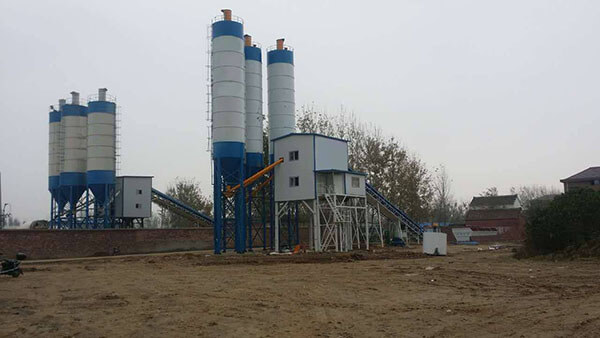
The stationary mixers will be mounted on the prepared foundation and will not be able to move on their own. It has a high productivity and a huge profile, and it is commonly utilized in ready mix concrete batch plants as well as certain medium and large engineering batching plants.
Mobile mixers
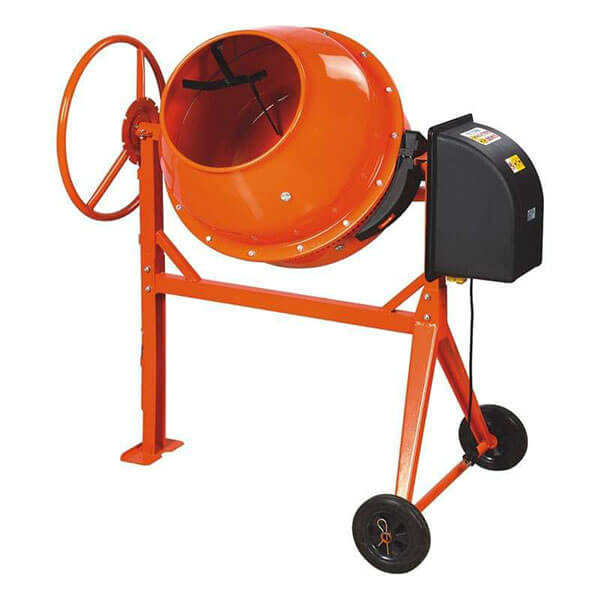
The mobile concrete mixers feature travelling wheels with the benefits of a small profile and low weight, resulting in a good flexible performance that is frequently employed in small and medium temporary building projects.
Volumetric mixers
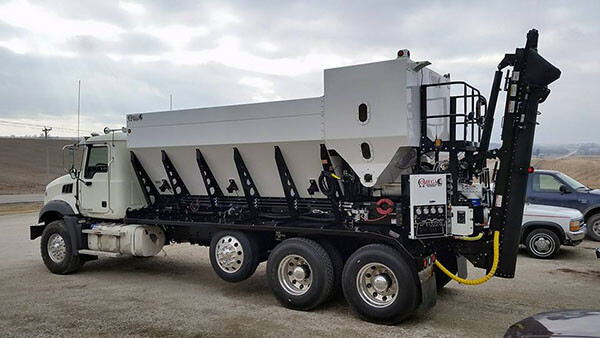
A volumetric concrete mixer makes concrete by proportioning the components out by volume over time and linking that volume to the specific weight of the materials. These components are then dispensed into a mixing auger, where they are thoroughly mixed together and all of the cement may come into touch with water to begin hydration as well as encapsulate the whole surfaces of any other materials added to the mix.
Tilting Drum mixers
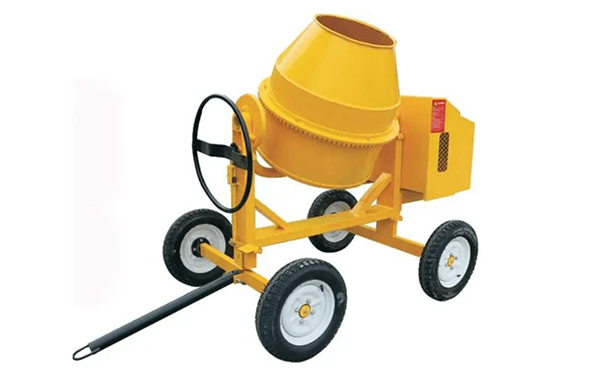
The tilting drum mixer, as the name implies, has a phenomenon that allows it to spin and rotate. When the drum is horizontal (at a 0-degree angle with the x-axis), more energy is delivered to the material inside the drum, causing it to be elevated to full height before falling down. This drop procedure is responsible for 90% of the mixing.
The amount of energy delivered is proportional to the height. The greater the height, the more energy. We can’t tilt the drum entirely vertical (90 degrees from the x-axis) since it interferes with the mixing process. As a result, it is restricted to a maximum angle of 15 degrees. Finally, the drum is shifted lower.
Non-Tilting Drum mixers
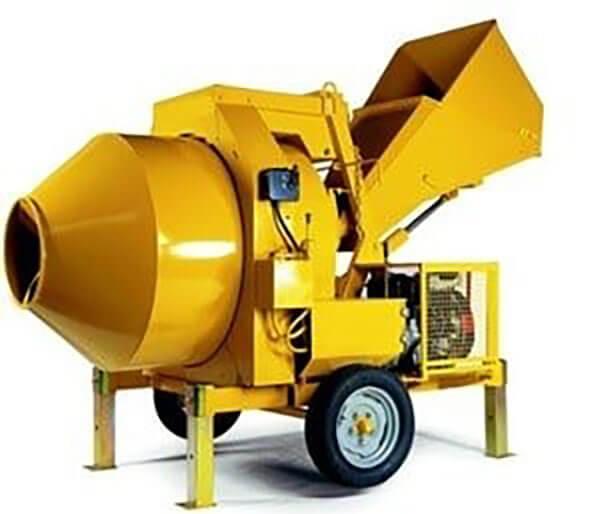
Non-tilting drum mixers feature a fixed form and rotating axis. Material is introduced from one end, and a homogeneous mixture is discharged from the other.
Reversing drum mixers
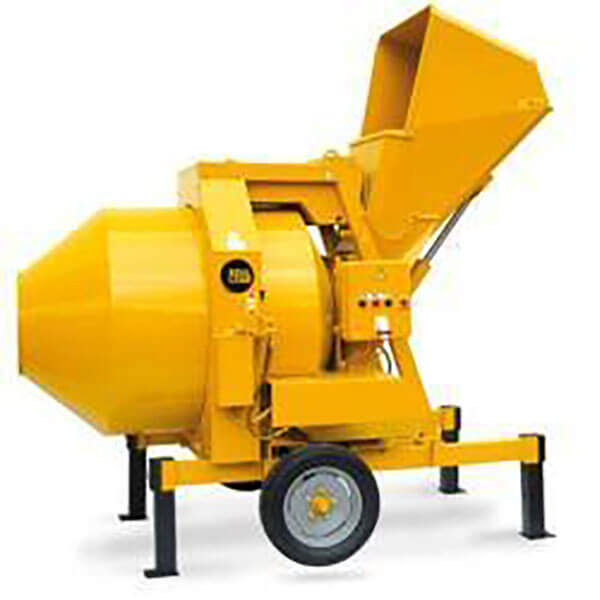
These are similar to non-shifting drum mixers in that they have apertures at both ends through which the ingredients of the concrete mixture are poured and the result is discharged. The primary distinction between reversing drum mixers and non-tilting drum mixers is that these mixers feature two sharp edge systems. One of them promotes the blending cycle when the drum is spinning in a certain direction, while the other aids in the release of the concrete material.
Twin-shaft mixers
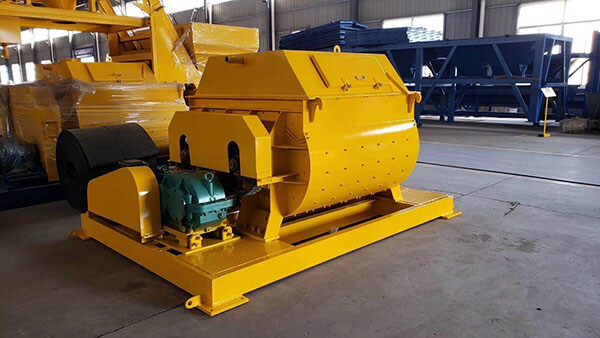
It consists of two horizontal shafts that revolve in opposing directions, sending materials from the outside of the mixing unit towards the centre. This guarantees that all elements in the mixer are fully blended while also speeding up the mixing process and producing a more homogeneous end result.
As the shafts revolve, powerful jets pump water into the mix, where it is totally absorbed, allowing the cement slurry to cover all the aggregate particles equally, making the strongest paste or concrete. Twin shaft single batch mixers can produce up to 9,600 L of concrete in 90 seconds. Continuous twin shaft mixers have the capacity to create approximately one million cubic yards of concrete every day.
Features of Industrial Concrete Mixers
Mixing capacity
A mixer’s mixing capacity is approximately 80% of the volume of the drum. If you had a 150-litre drum, this would yield around 120L of concrete.
Speed of mixing
To achieve the desired consistency, the mixing speed is frequently necessary. At mixing speed, no more than 100 rotations should be utilized. All rotations beyond 100 should be at an agitation speed, as specified by the manufacturer. Agitating speed is typically 2 to 6 revolutions per minute, whereas mixing speed is typically 6 to 18 revolutions per minute. Mixing at high rates for extended periods of time, such as one or more hours, can result in concrete strength loss, temperature rise, excessive loss of entrained air, and faster slump loss.
Durability and longevity
In general, the service life of a steel alloy concrete mixer truck is 50,000-80,000 cubic metres. Concrete mixer truck stir blades have a lifetime of only 30,000 to 40,000 cubic metres. Concrete mixer trucks with manganese and boron wear-resistant steel, wear-resistant materials reinforcement in the simple wear-resistant areas may often double their life.
Applications of Industrial Concrete Mixers
Construction
Mixers are used all over the world to make concrete for the construction sector. They are employed in the construction of foundations, slabs, walls, bridges, dams, motorways, airports, and railroads. The mixer significantly saves material costs by producing just what is required. Because the materials are created fresh on-site, the issue of “hot” cargoes is removed. Controlling man hours reduces labour expenses dramatically.
Government sector
Government entities purchased and used the Mixer for a variety of purposes and reasons.
- Federal tasks include airport renovation, combat zone repairs, and disaster aid.
- State – Replacement of bridge decks and road repairs.
- Local – Sidewalk and curb replacement, handicap access point construction, emergency repairs, utility cuts, and sinkhole filling with regulated low strength.
Prefabricated structures
The mixer is ideal for use in a precast process. It produces high-quality, high-performance concrete and allows the use of polycarboxylate admixtures in SCC (self-consolidating concrete). In this highly competitive industry, the exact amount of material is created, reducing waste and ensuring that each mould filled has the exact same mix. Units can be skid-mounted, trailer-mounted, or truck-mounted. Skid-mounted units can be fitted for electric motors, lowering costs even more.
Conclusion
A concrete mixer (also known as a cement mixer) is a machine that combines cement, sand or gravel, and water to create concrete. A basic concrete mixer uses a rotating drum to mix the components.
Mixers are used to produce concrete for the building industry all over the world. They are used to build foundations, slabs, walls, bridges, dams, highways, airports, and railroads. The use of a mixer saves individuals time and effort while offering excellent mixing in less time. When mixing the concrete, workers do not have to expend any effort.
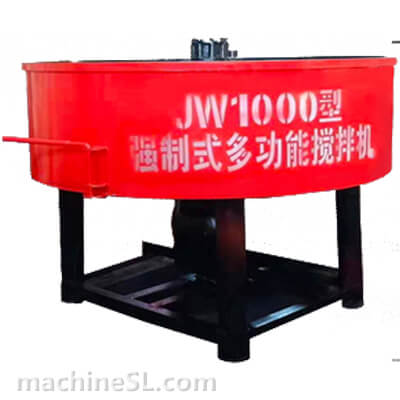
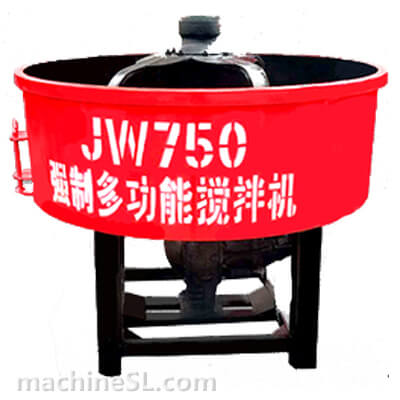
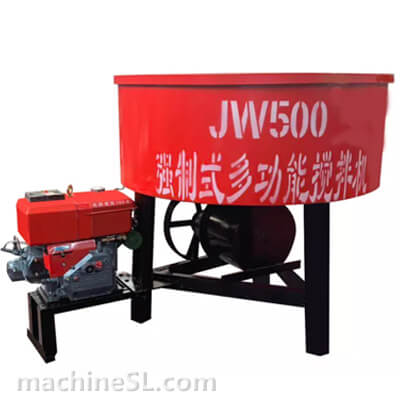
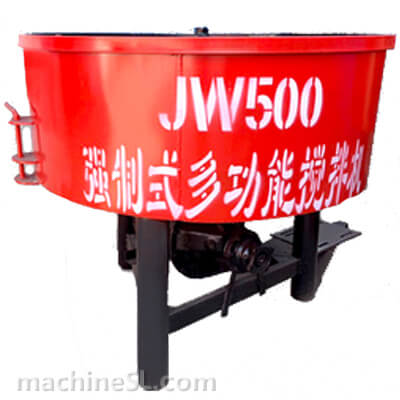
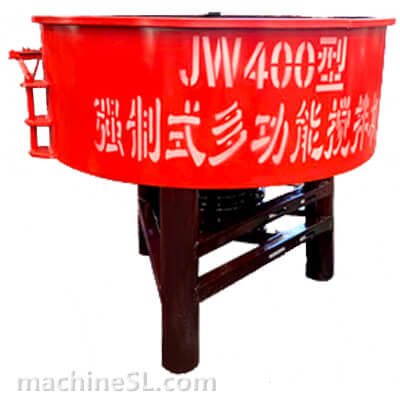
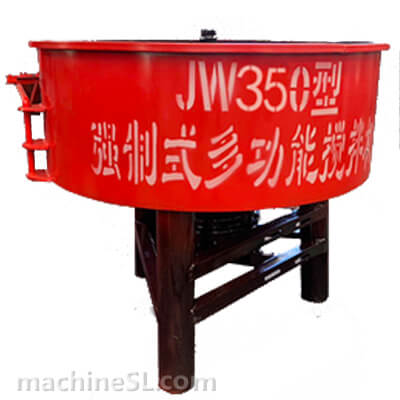
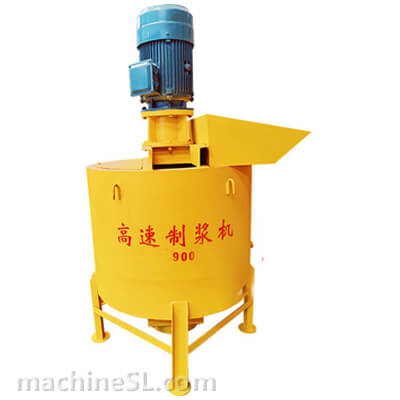
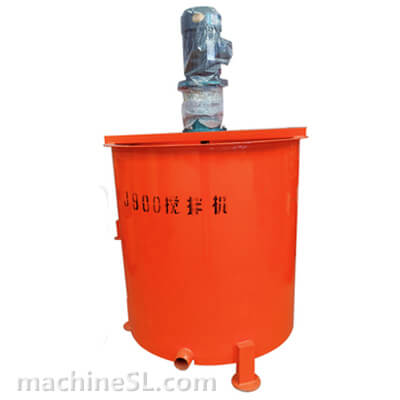
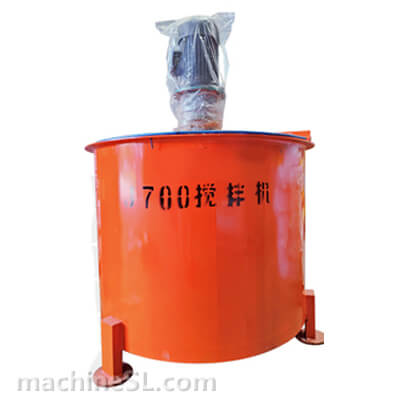
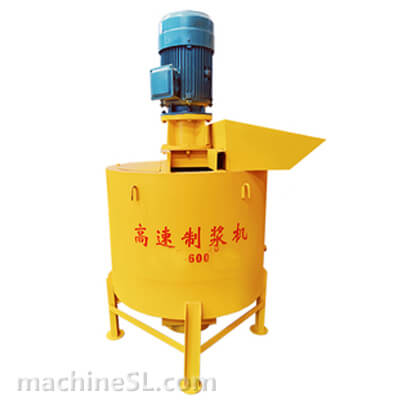
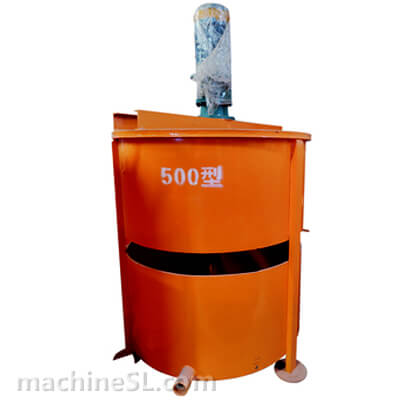
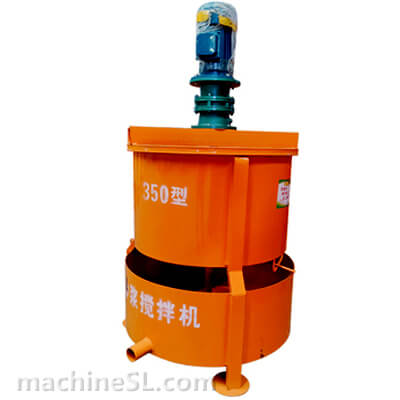
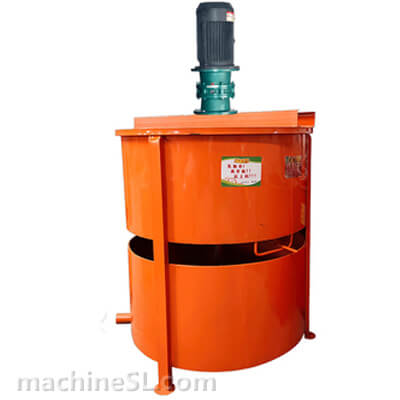
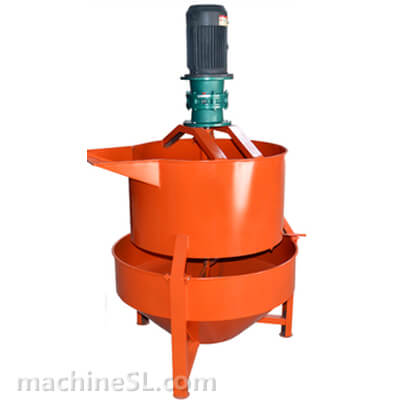
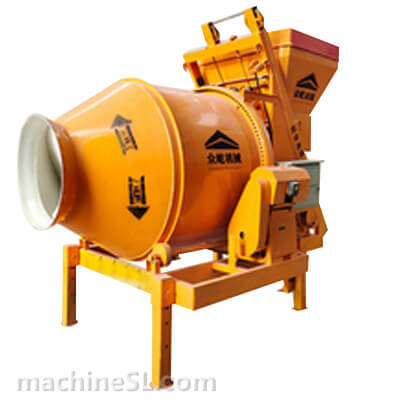
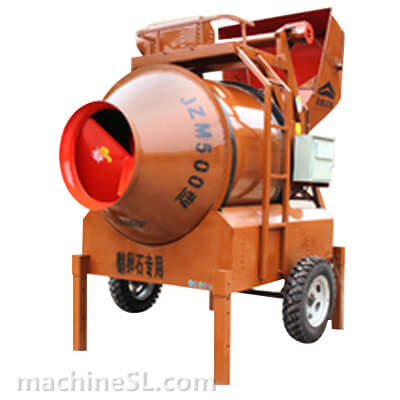
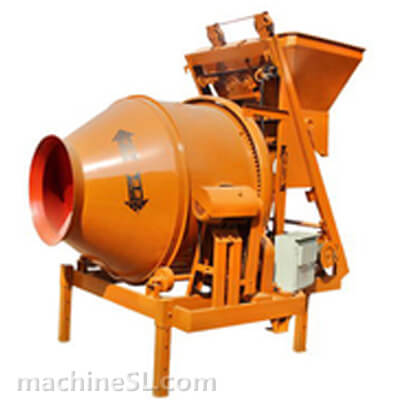
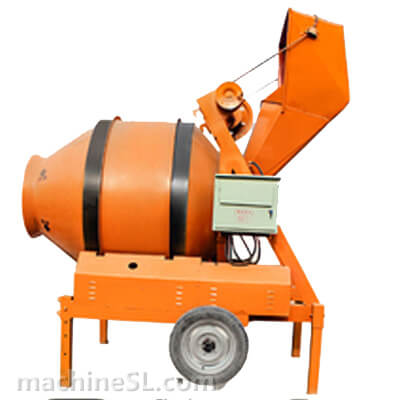
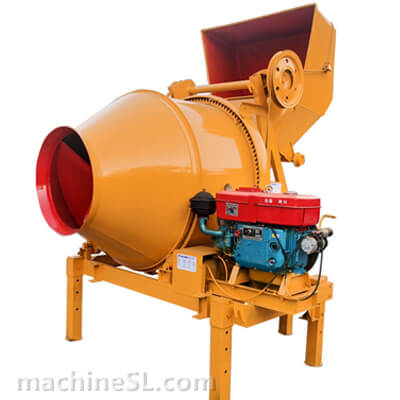
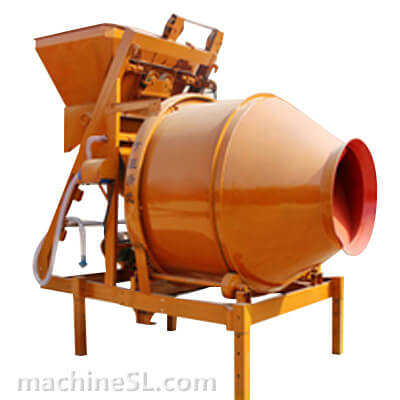
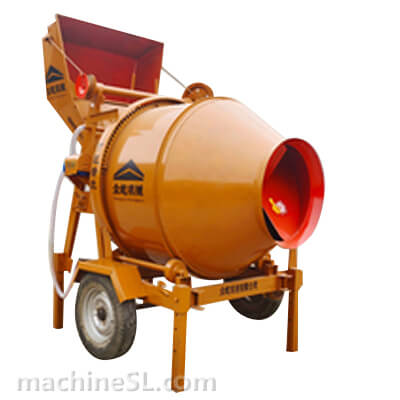
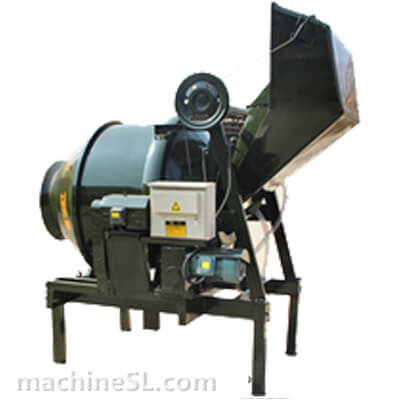
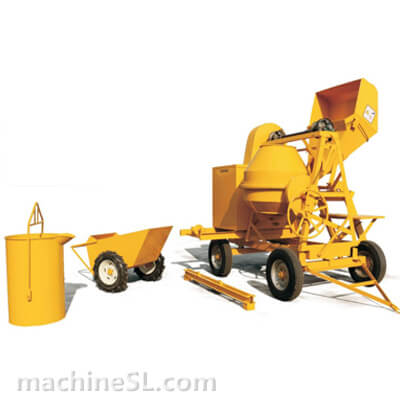
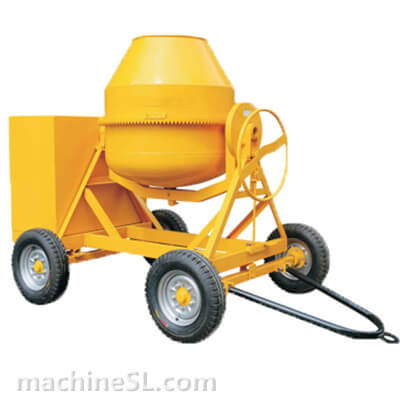
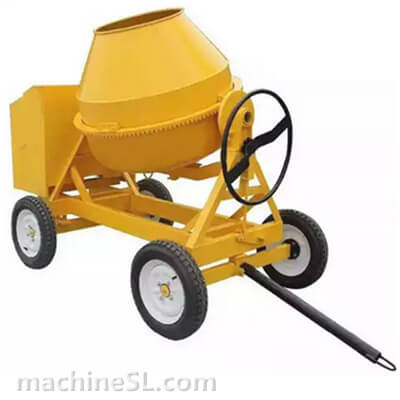
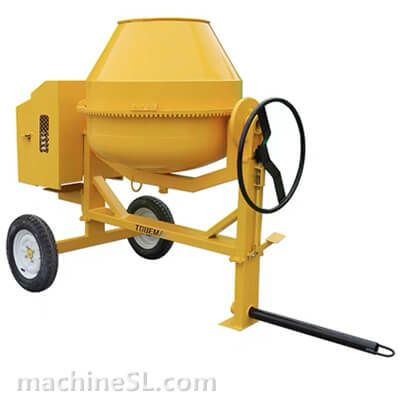
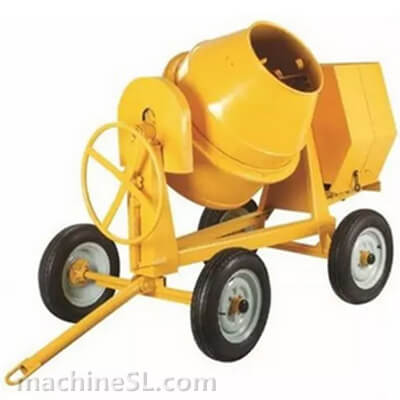
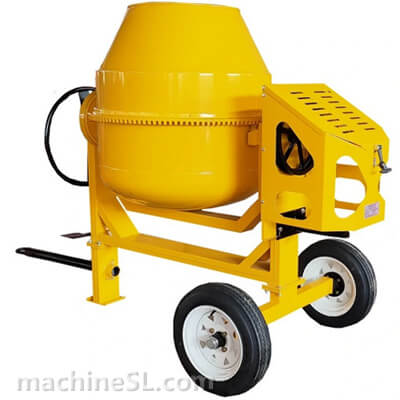
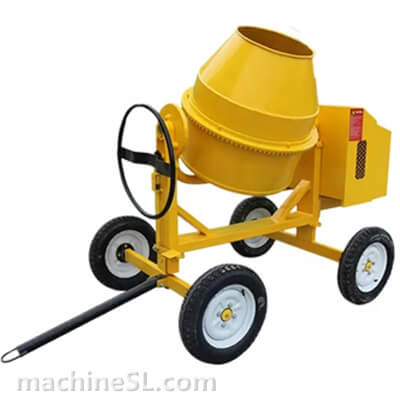
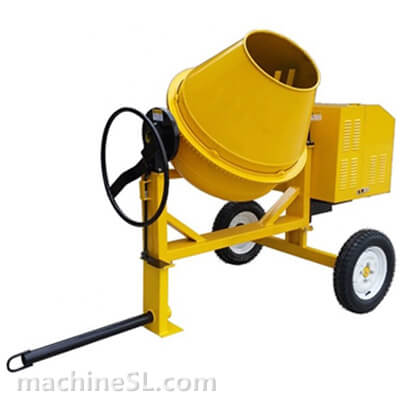
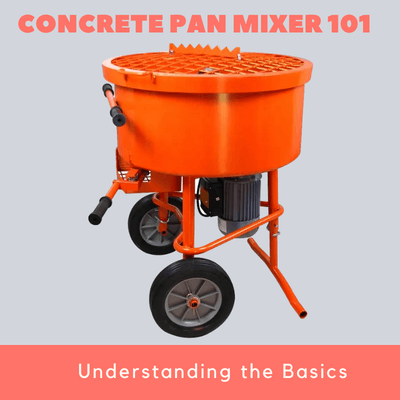
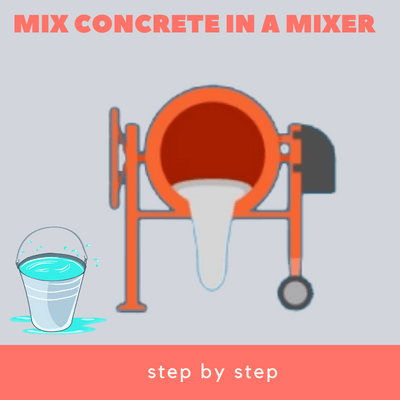
Leave A Comment